 Loading...
Loading...
 Loading...
Loading...
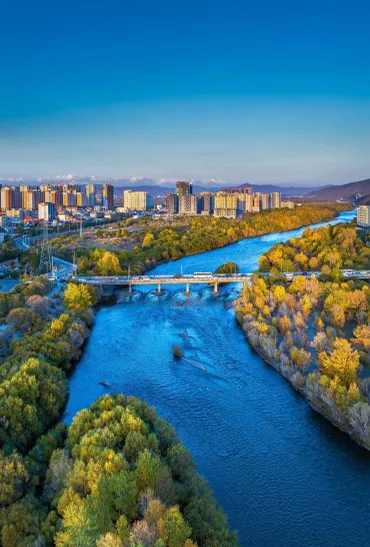
Gandan monastery, Sukhbaatar square, History museum

Terelj & Hustai national park, Mongol nomadic show
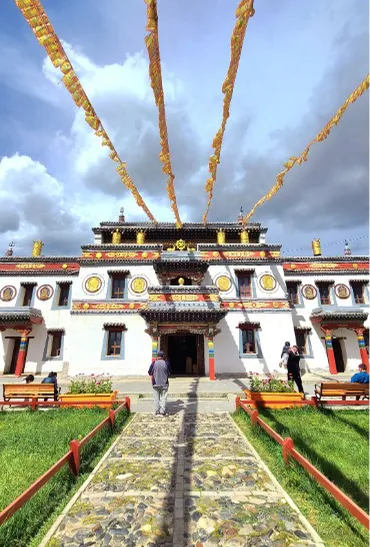
Elsen Tasarkhai sands, Orkhon waterfall and valley, Karakorum, Tsenkher hot spring
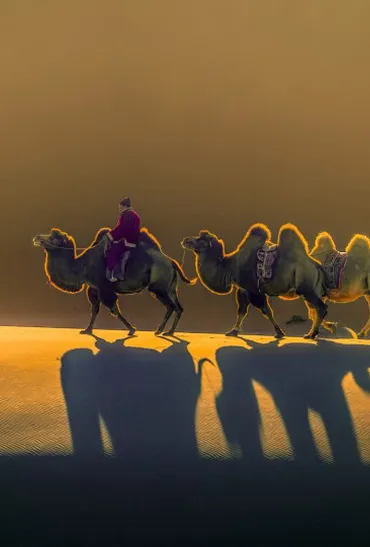
Khermen Tsav and Yol Gorge, Khongor sand dunes, Bayanzag-flaming cliffs, Tsagaan Suvarga
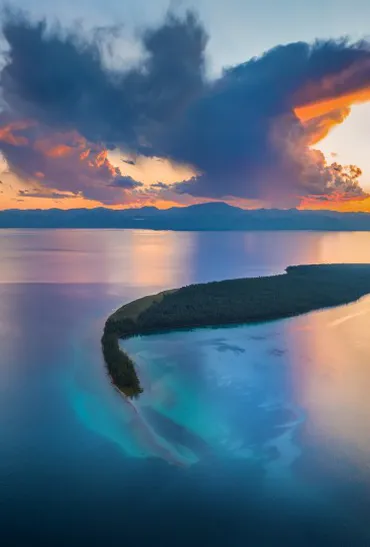
Amarbaysgalant monastery, Lake Khuvsgul, Taiga
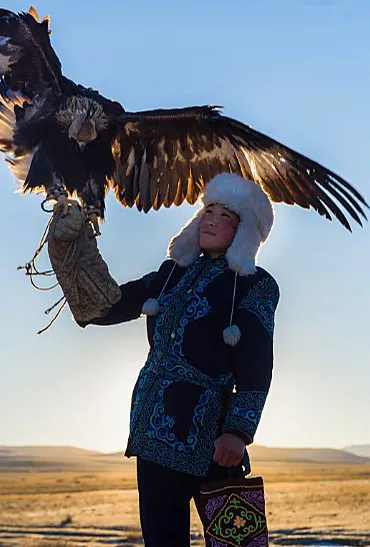
This dramatic landscape is home to Kazakh eagle hunters, Tuvan throat singers, and nomadic herders.

It’s a region of quiet power, ecological purity, and ancestral depth.